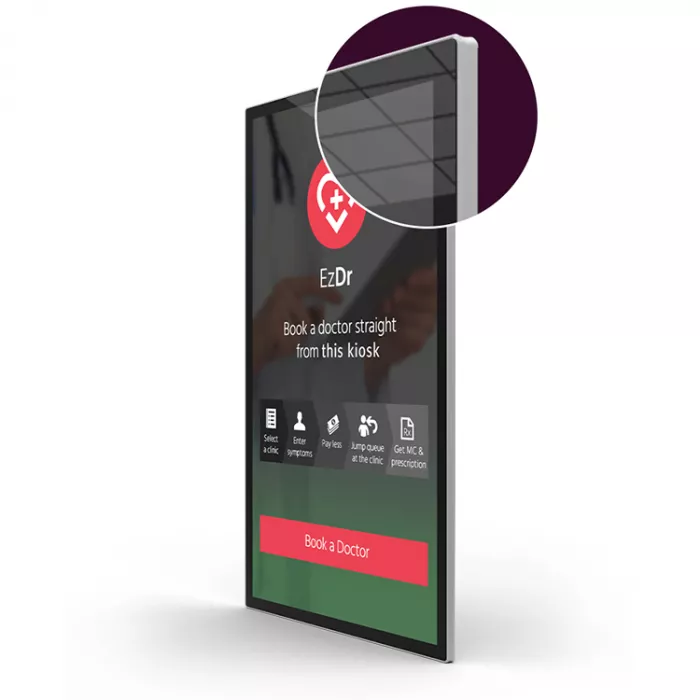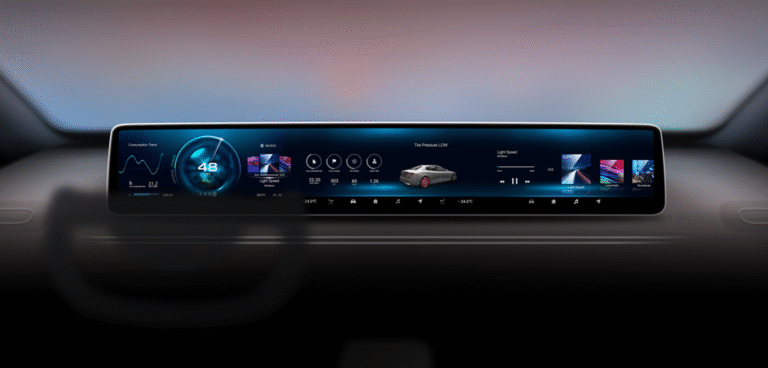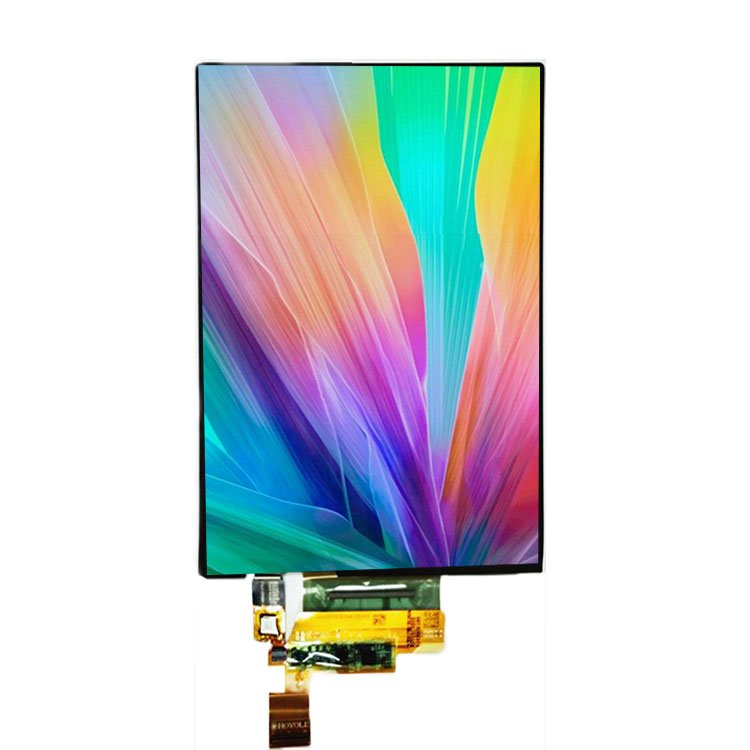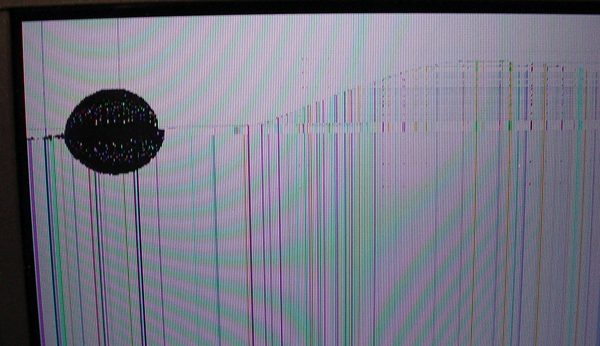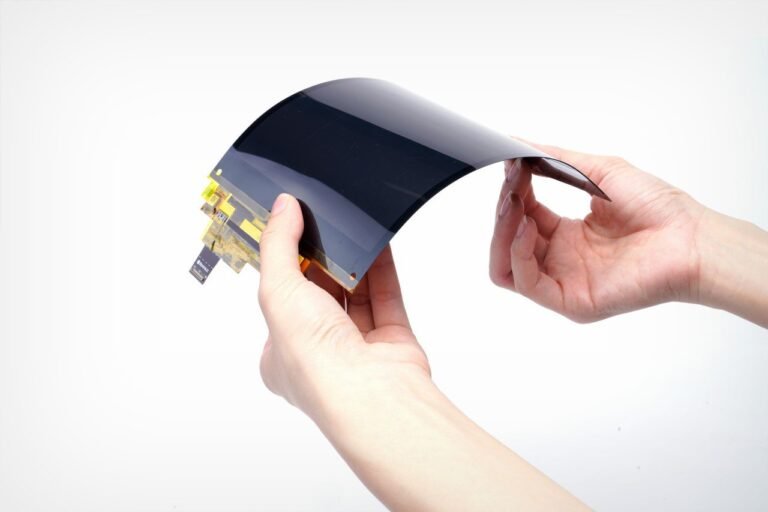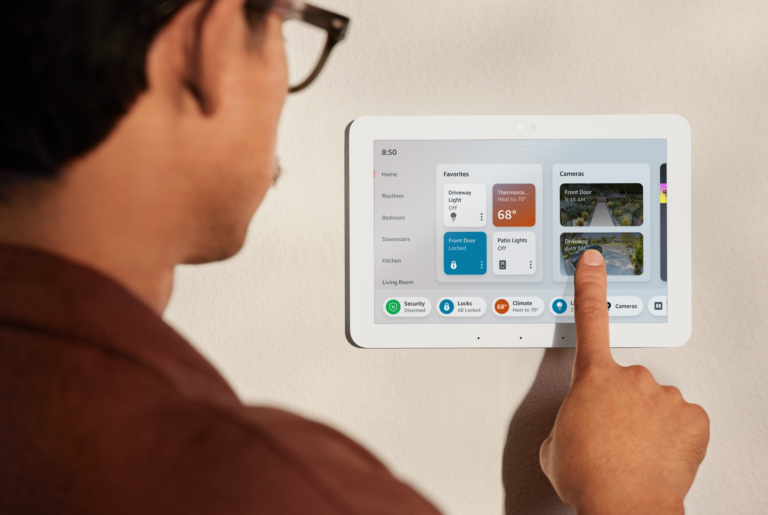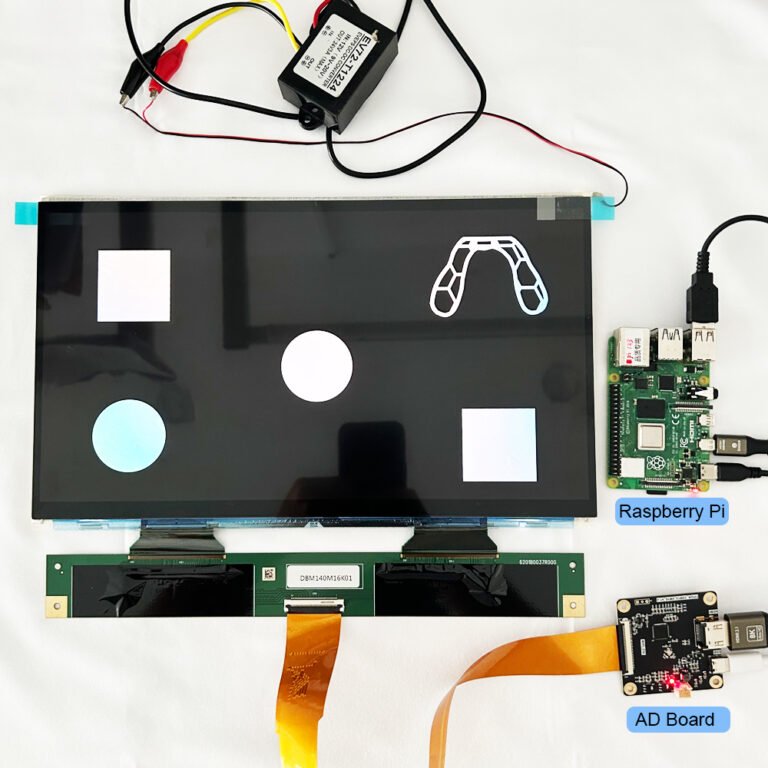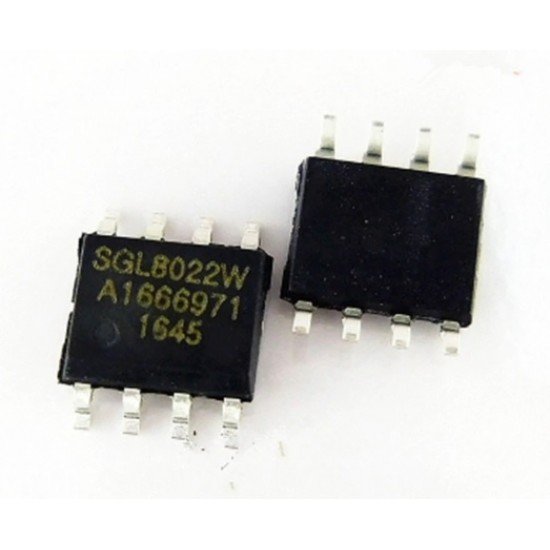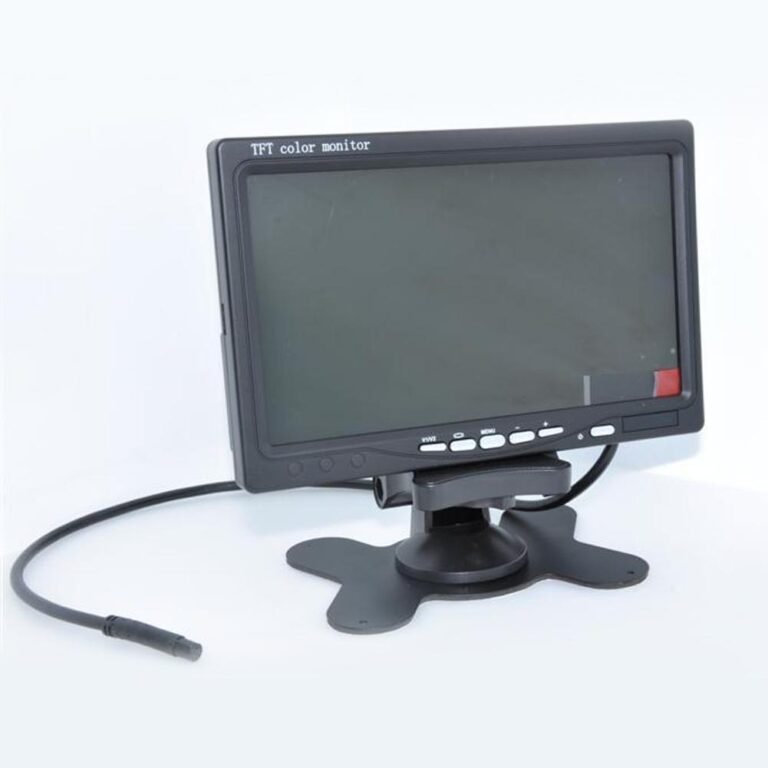What is Twisted Nematic (TN) LCD Technology?
Twisted Nematic (TN) LCDs are a type of liquid crystal display that rely on the twisted nematic effect to control light transmission. This effect uses a spiral arrangement of liquid crystal molecules sandwiched between two glass substrates. When voltage is applied, the molecules untwist, altering light polarization and either allowing or blocking light passage through polarizing filters — which creates the visible image on the screen.
How TN LCDs Work
A TN LCD panel is made up of several essential components:
- Polarizers: Two polarizing filters placed at 90° to one another.
- Glass Substrates: Two sheets of glass that enclose the liquid crystal layer.
- Liquid Crystal Layer: Contains nematic crystals in a twisted configuration.
- Transparent Electrodes: Apply voltage across the liquid crystal material.
Display Behavior
- No Voltage: The liquid crystals remain twisted, rotating the light’s polarization so it passes through the second polarizer — the pixel appears bright.
- With Voltage: The crystals align, no longer rotating the light, which is blocked by the second polarizer — the pixel appears dark.
This binary light-control mechanism is the fundamental basis for image formation in TN panels.
Thousands of products are available in our catalog.
Discover our wide range of products, including LCD-TFTs, OLED graphic and alphanumeric displays, LCMs, e-paper displays, barcode scanners (embedded, handheld, fixed mount), industrial monitors, industrial computers (carrier boards, COMs & SOMs, embedded systems, HMI panel computers, SBCs), capacitive and resistive touch screens, and accessories (development kits, connectors, controllers, FPC/FFC tapes, ZIF connectors).
Advantages of TN LCD Technology
TN LCDs have several performance and cost benefits:
High Refresh Rates
TN screens can support refresh rates of 120Hz or more, helping to reduce motion blur in fast-paced content.
Fast Response Times
Typical response times range between 1–5 ms, making them ideal for gaming and fast-moving visuals.
Low Power Consumption
The simplified structure ensures efficient power usage, a key advantage for portable or battery-operated devices.
Cost-Effective
Manufacturing is straightforward and inexpensive, making TN panels one of the most affordable LCD technologies available.
Disadvantages of TN LCD Technology
However, TN LCDs also come with limitations:
- Narrow Viewing Angles
Color and brightness shift significantly when viewed off-axis, particularly from vertical angles. - Limited Color Accuracy
TN panels typically cover ~70% of the sRGB color gamut, falling short for design or media work that demands color fidelity. - Lower Contrast Ratios
TN displays struggle with deep blacks and vivid whites when compared to IPS or VA alternatives.
Common Applications of TN LCDs
TN technology is widely used in cost-sensitive or speed-critical products:
- Gaming Monitors: Where fast response and high refresh rate are priorities.
- Budget Laptops: Helps reduce cost without sacrificing core functionality.
- Digital Watches & Calculators: Early adoption due to ultra-low power needs.
- Industrial Displays: Favored for ruggedness and affordability.
TN vs. Other LCD Technologies
| Feature | TN LCD | IPS LCD | VA LCD |
|---|---|---|---|
| Viewing Angles | Narrow | Wide | Moderate |
| Color Accuracy | Moderate (~70% sRGB) | Excellent (~99% sRGB) | Good (~90% sRGB) |
| Contrast Ratio | Low (600:1–1000:1) | Moderate | High (3000:1+) |
| Response Time | Fast (1–5ms) | Moderate (5–10ms) | Slower (8–15ms) |
| Cost | Low | High | Moderate |
IPS panels are ideal for professional and creative work, VA panels for video and contrast-rich content, while TN excels in gaming and budget-conscious deployments.
Future Outlook
Even with advanced technologies like OLED and Mini-LED entering the market, TN LCDs remain relevant due to their balance of cost, speed, and availability. Manufacturers continue to optimize TN performance, with improvements in color depth and power efficiency ensuring their competitiveness.
For use cases that don’t require perfect viewing angles or professional-grade color accuracy, TN LCDs continue to be a practical and economical display choice.
Frequently Asked Questions (FAQ)
Q1: Are TN LCDs suitable for professional design work?
A: Not ideal — their limited color gamut and narrow viewing angles make them unsuitable for color-critical applications like photo editing.
Q2: Why are TN panels used in gaming monitors?
A: Their fast response times (1–5ms) and ability to support high refresh rates (120Hz–240Hz) make them ideal for competitive gaming.
Q3: Can TN LCDs display true black?
A: Not completely — their contrast ratios are lower than VA or OLED displays, so blacks appear more like dark gray.
Q4: How long do TN panels typically last?
A: Around 30,000 to 60,000 hours depending on usage and environment.



